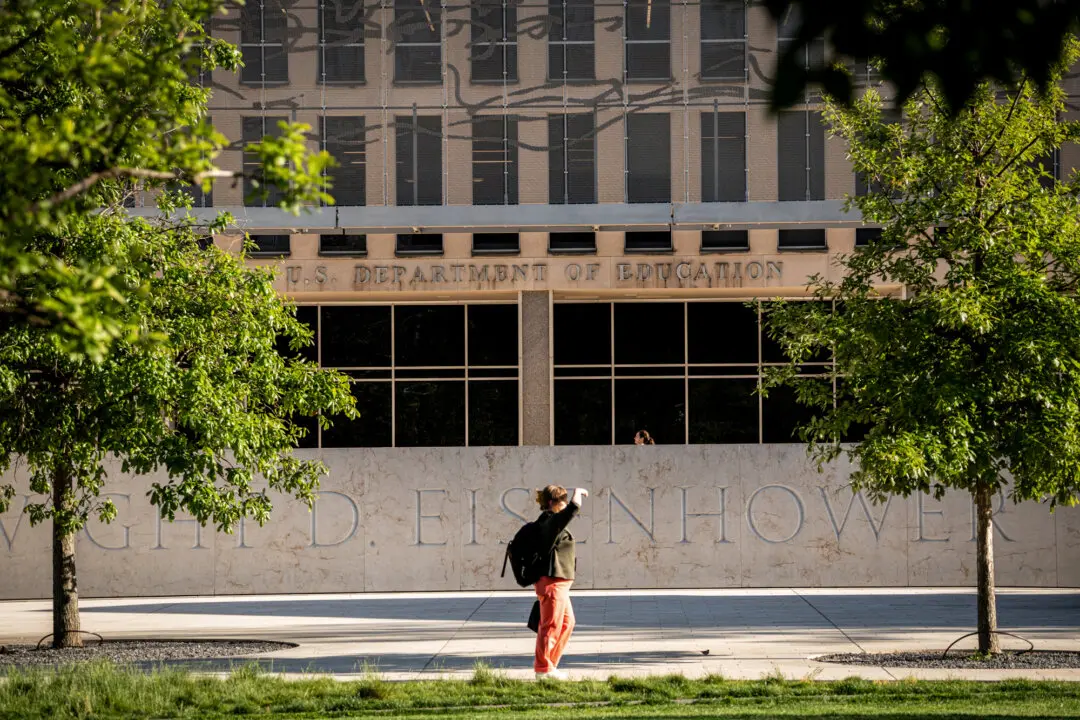A U.S. bankruptcy judge in New York recently ruled in favor of a Navy veteran and lawyer, deciding he did not have to repay his $221,400 of student loan debt because it would impose an undue financial hardship.
Kevin J. Rosenberg began borrowing money in 1993 to pay for his undergraduate education at the University of Arizona, reported Wall Street Journal. After earning a bachelor’s degree, he enlisted and served active duty in the U.S. Navy for five years. Following his military career, he attended Cardozo Law School, obtaining a law degree in 2005 with student loans then totaling $116,500.





